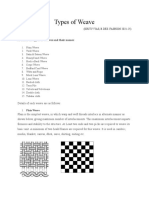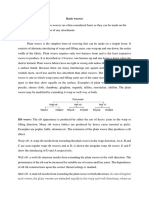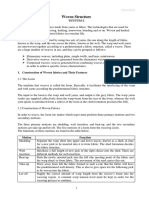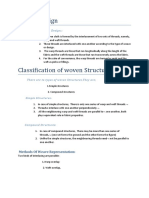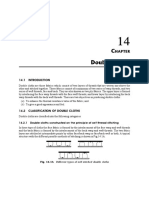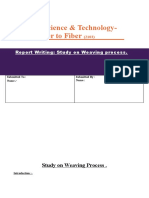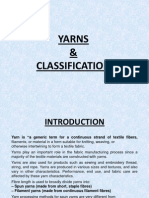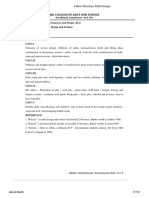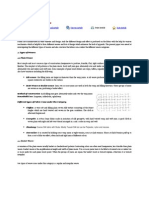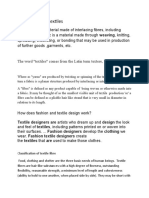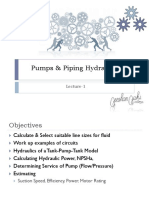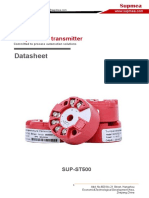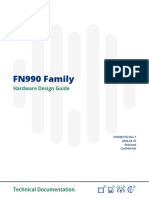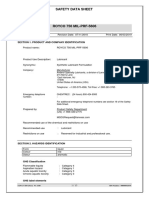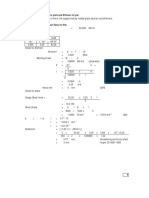100% found this document useful (2 votes)
3K views14 pagesDifferent Types of Basic Weaves Structures
The document discusses different basic weave structures used in textiles. It describes the three main basic weaves - plain weave, twill weave, and satin weave. Plain weave is the simplest interlacing pattern and can have variations like warp rib, weft rib, and matt weave. Twill weave produces diagonal lines and has many derivative types. Satin weave results in a smooth fabric surface that is either warp-faced or weft-faced. The document also outlines other basic weaves like honeycomb, huck-a-back, and crepe weaves.
Uploaded by
mehak hoodaCopyright
© © All Rights Reserved
We take content rights seriously. If you suspect this is your content, claim it here.
Available Formats
Download as DOCX, PDF, TXT or read online on Scribd
100% found this document useful (2 votes)
3K views14 pagesDifferent Types of Basic Weaves Structures
The document discusses different basic weave structures used in textiles. It describes the three main basic weaves - plain weave, twill weave, and satin weave. Plain weave is the simplest interlacing pattern and can have variations like warp rib, weft rib, and matt weave. Twill weave produces diagonal lines and has many derivative types. Satin weave results in a smooth fabric surface that is either warp-faced or weft-faced. The document also outlines other basic weaves like honeycomb, huck-a-back, and crepe weaves.
Uploaded by
mehak hoodaCopyright
© © All Rights Reserved
We take content rights seriously. If you suspect this is your content, claim it here.
Available Formats
Download as DOCX, PDF, TXT or read online on Scribd
/ 14


